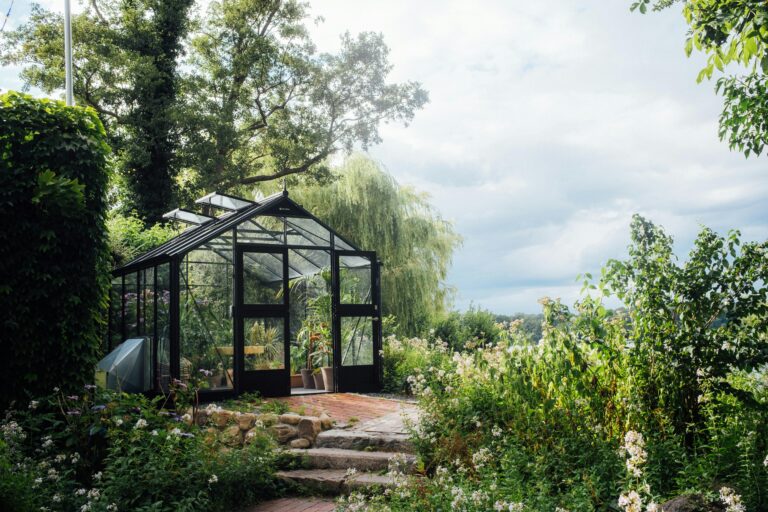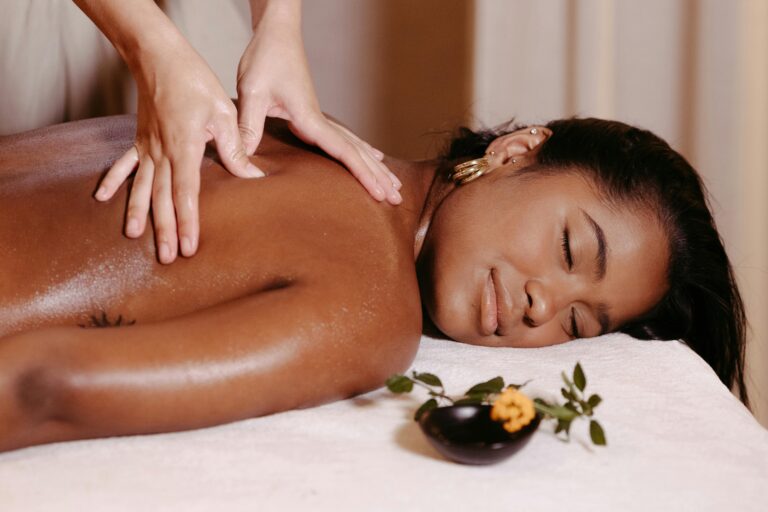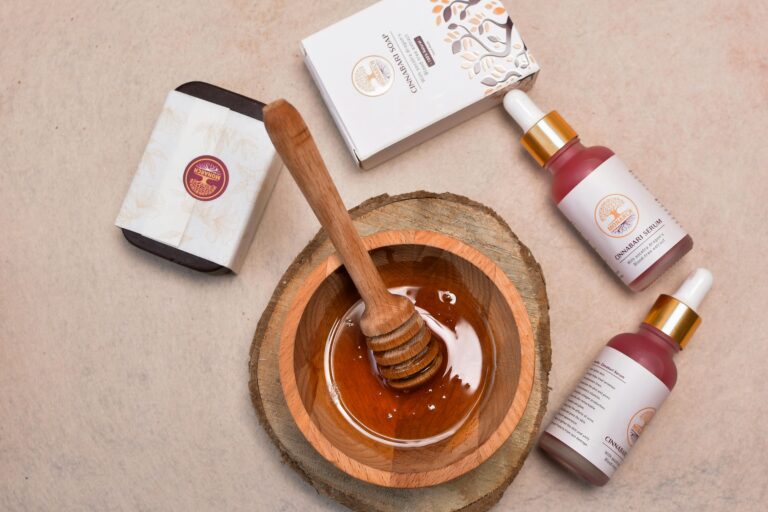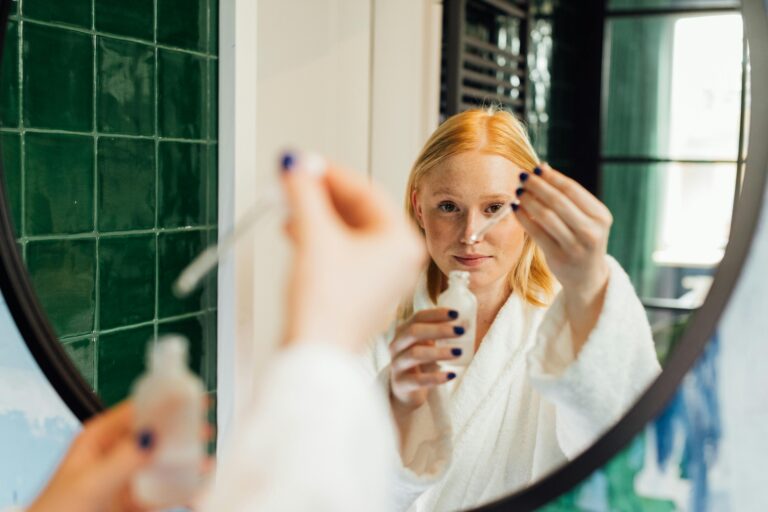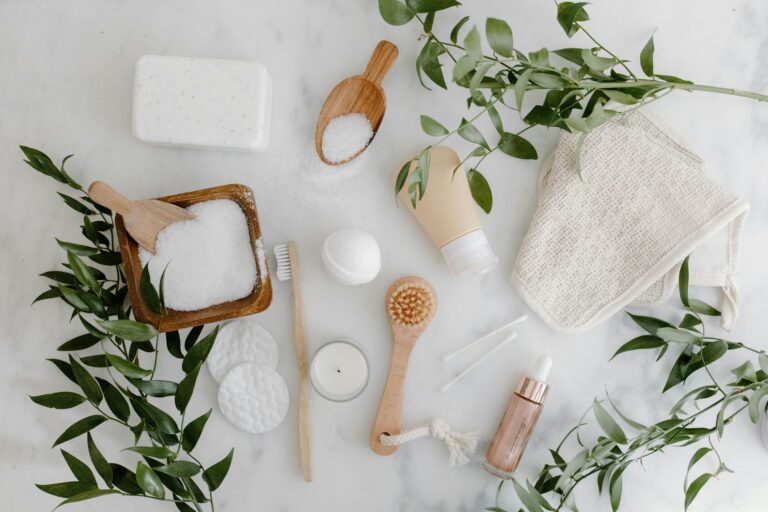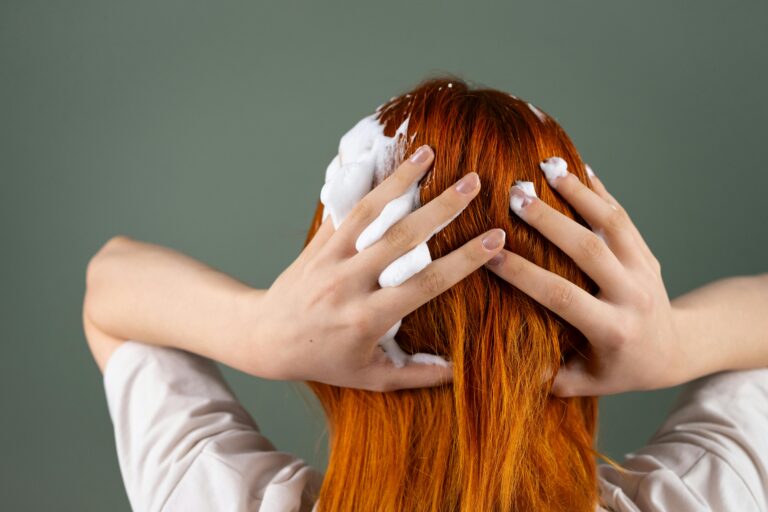5 DIY Face Masks based on Skin Type – Natural Skincare at Home


Did you know? In 2023, the average American spent approximately $897 on their appearance, with women averaging $1,064 annually in beauty products and services.
The good news? You can create powerful natural DIY face mask with simple ingredients and these homemade beauty treatments not only save money and be sustainable, but can be just as effective as store-bought products.
This site contains affiliate links, view the disclosure for more information.
Best DIY Face Mask Combinations for Different Skin Types
1. For Acne-Prone Skin
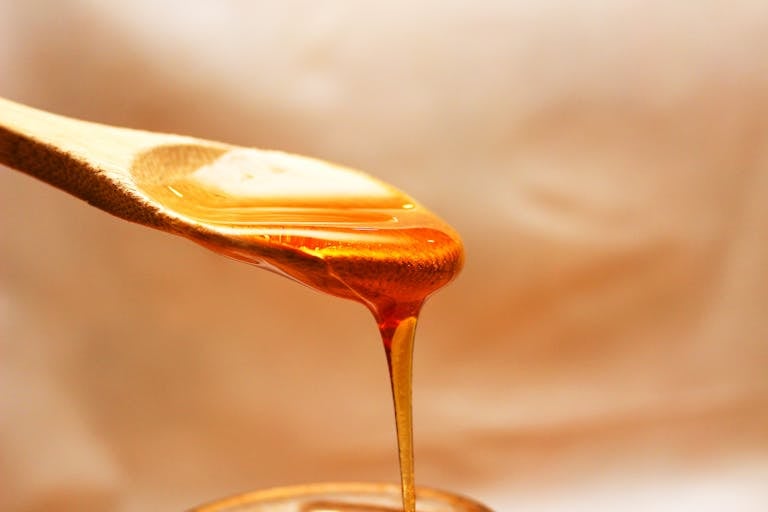
Acne-prone skin often struggles with inflammation, clogged pores, and bacterial buildup. This acne face mask natural recipe harnesses the antibacterial properties of honey and tea tree oil while turmeric reduces redness and inflammation.
For an extra detoxifying effect, add a pinch of activated charcoal to draw out impurities. Apply to cleansed skin and leave on for 10-15 minutes for clearer, calmer skin.
Rinse off with lukewarm water and follow with a lightweight, non-comedogenic moisturizer.
INGREDIENTS
- 1 tablespoon of HONEY
- 1/4 teaspoon TURMERIC
- 2 drops of TEA TREE OIL
- Pinch of activated CHARCOAL
Pro Tip: Use this mask no more than twice a week to avoid over-drying or irritation.
2. For Dry Skin
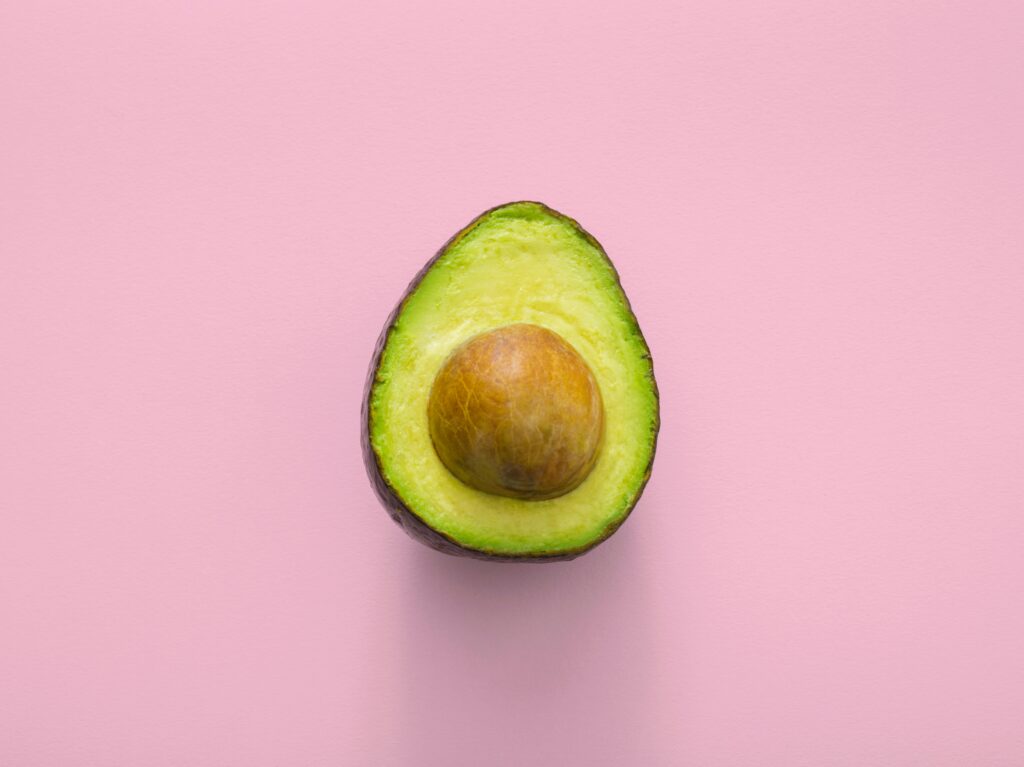
Dry skin requires deep hydration and nourishment to maintain elasticity and a radiant glow. Mash half an avocado with 1 teaspoon of olive oil.
This deeply hydrating mask replenishes moisture and restores elasticity. For an added boost, include a teaspoon of honey for its humectant properties or a few drops of vitamin E oil for its skin-repairing benefits.
Blend the ingredients until smooth and apply generously to your face. Leave on for 15-20 minutes before rinsing with warm water.
INGREDIENTS
- Half an AVOCADO
- 1 teaspoon of OLIVE OIL
- Teaspoon of HONEY
- Few drops of VITAMIN E OIL
Pro Tip: Steam your face lightly before application to open pores and enhance absorption of the moisturizing face mask homemade blend.
3. For Sensitive Skin
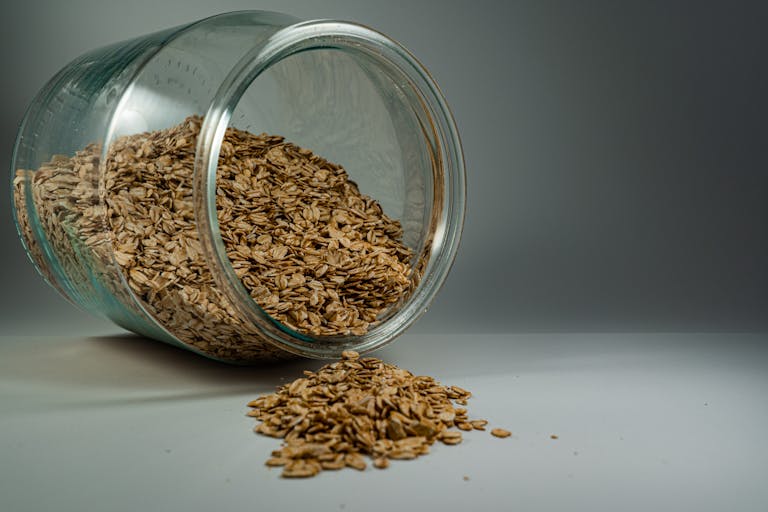
Sensitive skin requires extra care and gentle ingredients.
Mix 2 tablespoons of ground oats with cooled chamomile tea. This combination soothes irritation and provides a calming effect.
Add a small amount of yogurt if mild exfoliation is desired, creating a soothing face mask recipe perfect for delicate skin.
For additional anti-inflammatory benefits, mix in a teaspoon of aloe vera gel. Apply to your face in gentle, circular motions and let sit for 10-15 minutes.
INGREDIENTS
- 2 tablespoons of GROUND OATS
- Cooled CHAMOMILLE tea
- YOGURT
- A teaspoon of ALOE VERA gel
Pro Tip: Store extra ground oats in an airtight container for quick preparation of this calming face mask whenever needed.
4. For Combination Skin
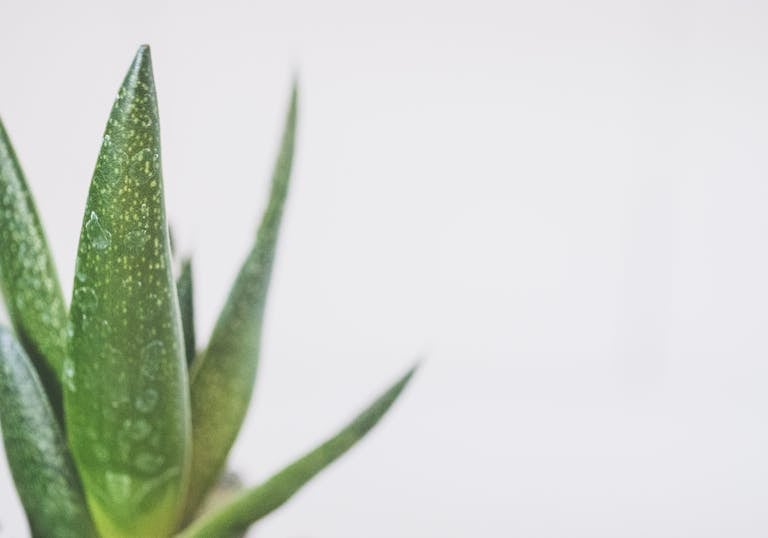
Combination skin needs a mask that can balance oil production while providing hydration to dry areas.
Mix 1 tablespoon of clay (like kaolin or bentonite) with 1 tablespoon of aloe vera gel. This clay mask recipe balances oil production, clears pores, and hydrates dry areas, making it perfect for combination skin types.
Add a drop of lavender or chamomile essential oil for a calming effect. Apply to the oily T-zone first, then spread a thinner layer over drier areas. Leave on for 10-12 minutes before rinsing off with cool water.
INGREDIENTS
- 1 tablespoon of CLAY
- 1 tablespoon of ALOE VERA gel
- Drop of LEVANDER essential oil
- CHAMOMILLE essential oil
Pro Tip: Use this mask once a week and follow with a lightweight moisturizer that works for all skin types, such as one containing hyaluronic acid.
5. For Aging Skin

Aging skin benefits from masks that promote collagen production, hydration, and gentle exfoliation.
Blend 1 tablespoon of Greek yogurt with 2 tablespoons of mashed papaya. The enzymes in papaya gently exfoliate, while the yogurt nourishes and hydrates, reducing the appearance of fine lines.
For enhanced collagen-boosting properties, add a teaspoon of honey or a dash of vitamin C powder. Apply evenly and leave on for 15 minutes before rinsing off.
INGREDIENTS
- 1 tablespoon of Greek YOGURT
- 2 tablespoons of mashed PAPAYA
- Teaspoon of HONEY
- VITAMIN C powder
Pro Tip: Follow this mask with a facial massage using a rosehip or argan oil to enhance elasticity and boost skin rejuvenation.
Bonus: Additional Combinations for Specific Needs
- For Dull Skin: Mix 1 teaspoon of turmeric, 1 tablespoon of yogurt, and a few drops of lemon juice for a brightening face mask natural recipe. Avoid sun exposure immediately after use.
- For Deep Cleansing: Combine 1 tablespoon of activated charcoal with 1 teaspoon of honey and 2 teaspoons of water for a detoxifying face mask DIY blend.
- For Redness Relief: Mix cucumber juice with aloe vera gel and a pinch of ground oats for a cooling, redness-reducing mask.
Application Tips and Best Practices
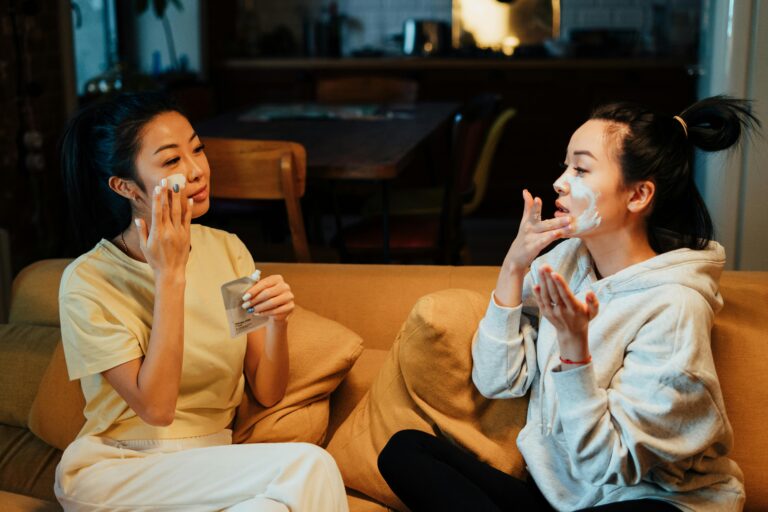
- Patch Test: Always perform a patch test 24 hours before applying new ingredients to ensure your skin doesn’t react negatively.
- Cleanse Thoroughly: Wash your face with a gentle cleanser before applying any mask to remove dirt and oil for better absorption.
- Damp Skin Application: Apply masks to slightly damp skin to allow better penetration of nutrients.
- Timing is Key: Keep the mask on for 10-15 minutes; leaving it longer can sometimes dry out the skin.
- Hygiene Matters: Use clean bowls and tools for mixing to prevent contamination.
- Storage Tip: Store any leftover mask in a sealed container in the refrigerator and use within 48 hours to maintain freshness. Follow face mask preservation methods to ensure safety.
Storage and Shelf Life Guidelines
✅ Fresh is Best: Whenever possible, mix fresh masks before each use to ensure maximum potency. This aligns with sustainable beauty practices.
✅ Refrigeration for Clay Masks: Clay-based masks can be stored in the refrigerator for up to one week, provided they’re kept in an airtight container.
✅ Separate Dry Ingredients: Store dry ingredients like oats or turmeric separately until you’re ready to mix, following face mask mixing instructions.
✅ Check for Spoilage: Discard masks if they show discoloration, an odd smell, or any signs of mold.
✅ Preservative-Free Masks: Use preservative-free masks within 24 hours to ensure they’re safe and effective. Consult face mask storage guidelines for more tips.
Creating effective face masks from kitchen ingredients is both economical and rewarding. Start with simple combinations and adjust based on your skin’s unique needs. Incorporate these natural skin treatment recipes into your weekly skincare routine to see lasting benefits. Whether you’re crafting a detoxifying face mask DIY or a rejuvenating face mask natural formula, consistency is key. Ready to start your natural skincare journey? Your first DIY beauty treatment awaits in your kitchen!
The content on Calm & Wellness is for informational purposes only and is not intended as medical advice, diagnosis, or treatment, always consult with a qualified healthcare professional
RELATED POSTS

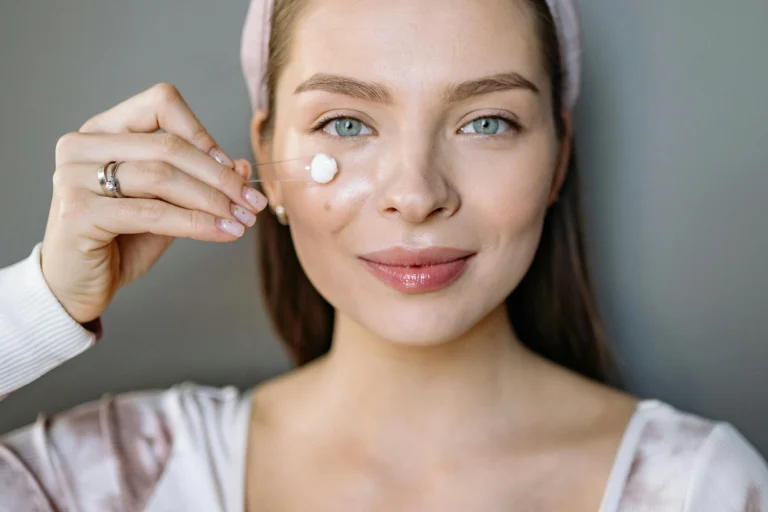
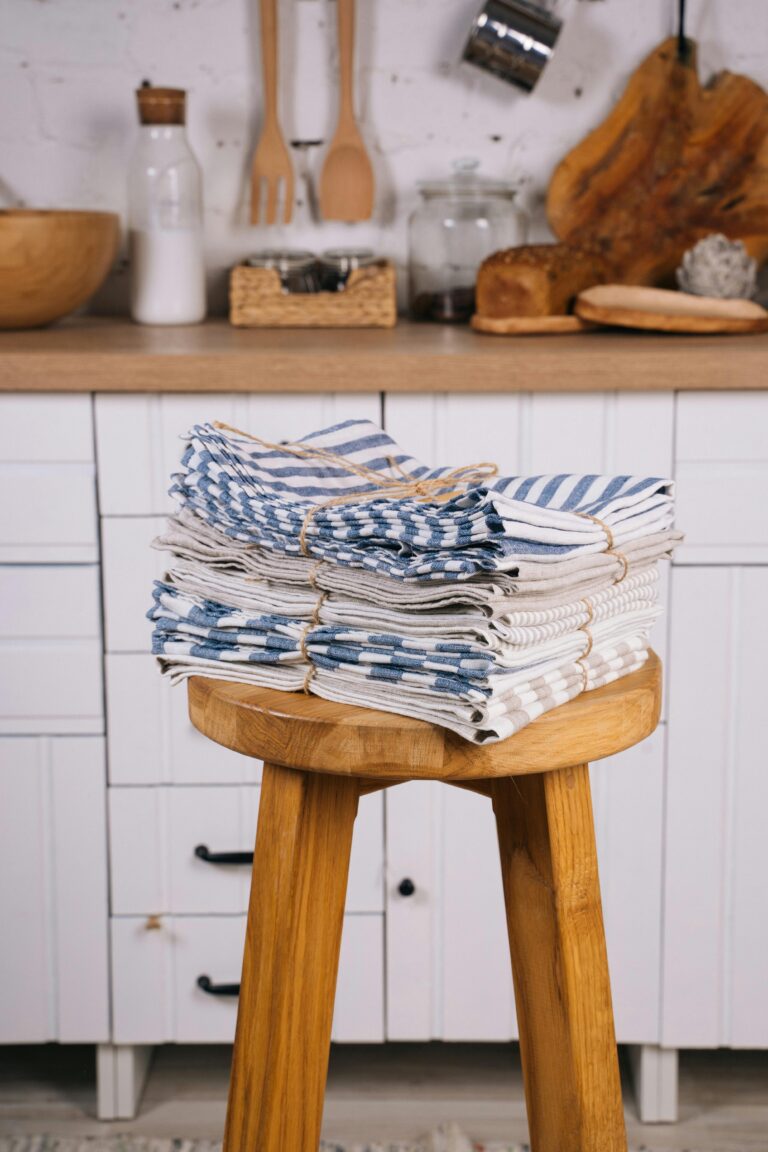


19 Natural Ingredients for Hair Care That Actually Work (And Why You’ll Never Go Back)
Okay, real talk. If you’ve ever stared at the back of a shampoo bottle and felt like you needed a chemistry degree to understand it… you’re not alone. Between the sulfates, parabens, and mystery “fragrance”…
